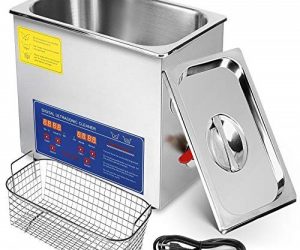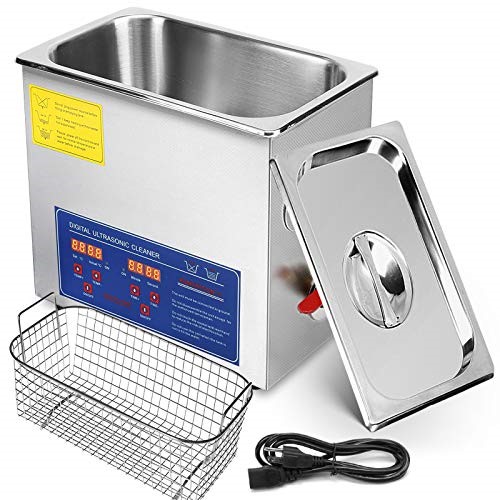Most people will be aware of the term ‘ultrasonic’, but less aware of its use in cleaning. Here are four interesting facts you might not know about this powerful yet practical technology.
-
How they work
Ultrasonic cleaners make use of ultrasonic waves in conjunction typically with water to clean at a microscopic level, though other solvents can be used. They’re highly efficient and capable of removing 99% of bacteria.
Once switched on, the transducer changes size and generates ultrasonic energy by converting electrical energy. High-frequency sound waves cause cavitation bubbles to form and collapse at extremely fast rates, with the bubbles gradually growing larger and colliding with the any items in the tank/bowl. This impact then removes germs, dirt and similar contaminants.
2. They use different frequencies
The ultrasonic wave frequencies vary between cleaning machines. Machines creating low frequency ultrasonic waves produce bigger bubbles and are better suited to stronger, larger and more robust items. In contrast, high frequencies result in smaller bubbles suitable for gentle, delicate cleaning. Dual frequency cleaners are available if a variety of items are required to be cleaned.
- Different sizes for different uses
There are smaller, more portable systems ideal for cleaning the likes of clothing, foods, baby toys and jewellery. Even contact lenses can be ultrasonically cleaned. In contrast, a large ultrasonic cleaner such as this large ultrasonic cleaneris typically employed for industrial, production cleaning. Furthermore, machines typically operate at around 50 to 100 watts per gallon; the more powerful the machine, the faster the cleaning action.
Use of ultrasonic cleaning is gaining popularity as the technology evolves, and new uses are being discovered that show just how multipurpose and useful such cleaning machines have the potential to be. For instance, ultrasonic cleaning has even been found to be effective for safely removing plastic paint.
4. Machine make-up and construction
The machine make-up varies between models in terms of size and specifications. They’re typically constructed from stainless steel or aluminium, and will have a tank to house the solvent or water; those without tanks require a sink or bowl. They’ll have an on/off switch, piezoceramic transducers, and sometimes temperature and time controls. The machines use electrical energy, and many come with different operating modes to make them versatile and easily customisable to the task at hand.


